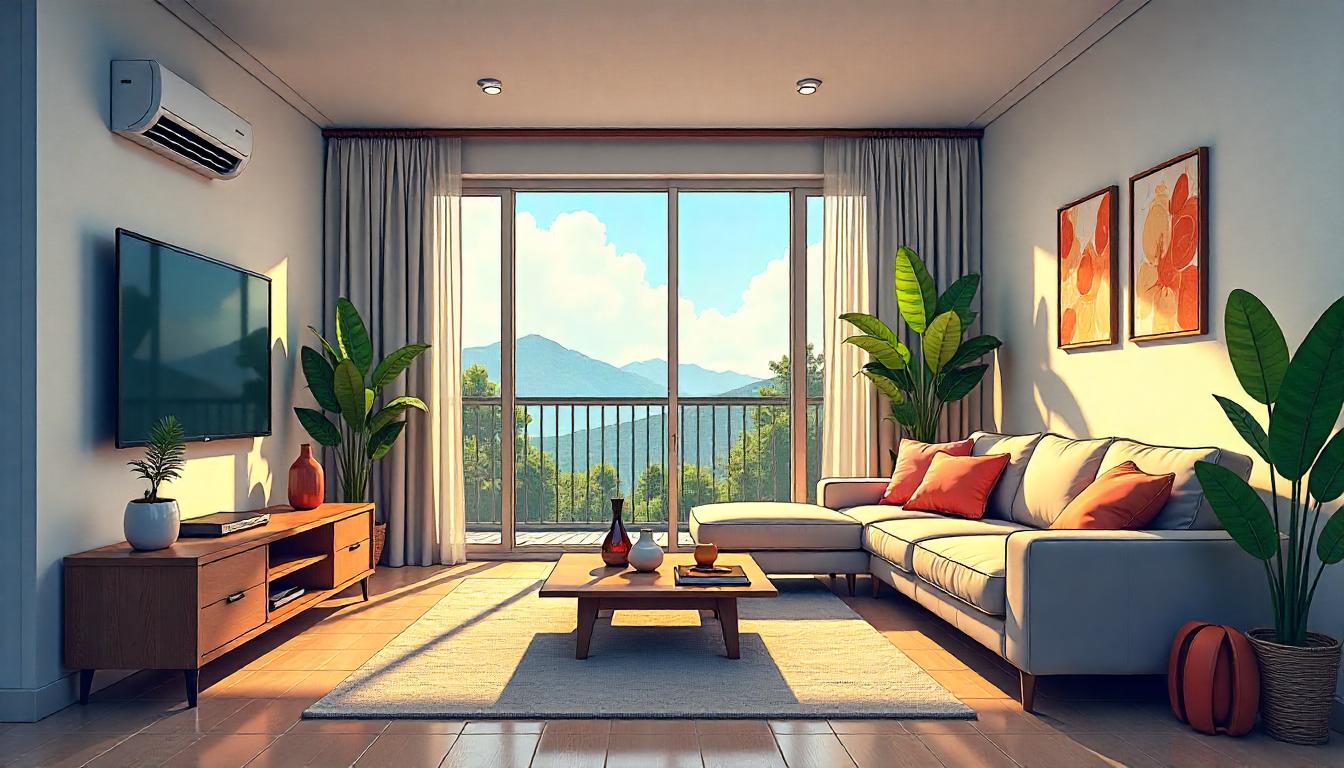
When planning a home renovation or new build project, you need to decide which material you will use for your kitchen cabinets and drawers. Your choice will have a significant impact on your kitchen design. It will also have a huge effect on your budget.
In this guide, we’ll share some of the most popular cabinet materials. We’ll also share the pros and cons of each so that you can decide which one is best for your kitchen.
Let’s start!
Hardwood
Hardwood is one of the most popular cabinet materials. It can be easily harvested from trees and later repurposed if it remains in good condition.
Pros:
- There are many types of hardwood to choose from, each with its own distinct colour, texture, and grain pattern.
- Hardwood is durable and easy to repair. Usually, it only requires regular sanding and refinishing.
- Hardwood cabinets can last up to 50 years with proper care and maintenance.
Cons:
- Since hardwood is in demand, it’s also the most expensive cabinet material.
- Changes in temperature and humidity may cause wood to warp.
- Full wood cabinets can be heavy. Make sure to consult a professional to ask if the hinges and the wall will be strong enough to hold the cabinets in place.
Expert tip: To save money, you can mix hardwood with other materials like medium-density fibreboard. Use hardwood for the parts that are easily visible, like the cabinet faces or the drawer fronts. To achieve this, enlist the help of a draftsman. They can help you create designs for a custom cabinet.
Medium-Density Fibreboard (MDF)
Medium-density fibreboard consists of small wood fibre particles combined with resins and wax. This creates an even grain and smooth surface.
Pros
- MDF does not contract and expand due to humidity and moisture, unlike wood.
- Since MDF has a smooth surface, it can be easily repainted and restained.
- MDF is ideal for a wide range of cabinet styles.
Cons
- MDF is not as durable as solid wood or plywood. It is also not suitable for very high temperatures.
- It cannot be sanded out when it scrapes and chips.
- It may emit more formaldehyde gas compared to other types of processed wood materials.
Plywood
Plywood is made by laminating thin layers of wood on top of one another. They’re fused together using a mix of glue, heat, and pressure at alternating angles.
Pros
- Plywood is flexible and easy to install. That makes them an excellent material for cabinet sides, backs, shelves, and drawer bottoms.
- It is the most durable cabinet material in terms of strength-to-weight ratio.
- This material is more affordable than hardwood but is more expensive than particleboard and laminate.
Cons
- Plywood is less durable compared to wood.
- Some types of plywood are fused together using potentially harmful materials like urea and phenol formaldehyde.
- Some types of plywood have a rough surface that doesn’t create a sleek and smooth finish.
Laminate
Laminate cabinets are made of a base paper layer, a printed coloured layer, and a protective transparent layer. They’re fused together to create a heavy and durable alternative to wood cabinets.
Pros:
- High-quality laminate is more affordable compared to traditional wood.
- Laminate cabinets are available in a wide variety of contrasting finishes.
- Laminate is easy-to-clean. Keep them looking like new by running a dry cloth over them every now and then. You can also use an all-purpose cleaning solution plus a damp cloth.
Cons:
- Laminate can be used for cabinet doors and drawer fronts, but they are not used for interior surfaces.
- Lower-quality laminate is prone to cracking, chipping, and peeling back with age.
- Laminate is not recyclable. Meanwhile, wood cabinets can be reclaimed, refinished, and reused.
Particleboard
Particleboard is an engineered wood product that’s made by pressing recycled wood together and forming them into sheets. It is sealed with a laminate or wood veneer to give a more pleasant finish.
Pros:
- Since it’s made from recycled wood, particleboard is a relatively inexpensive material for cabinets.
- Particleboards are lightweight, making them ideal for cabinet drawer interiors.
- High-quality versions are usually durable.
Cons:
- The cabinet shelf and drawer bottoms may sag when full.
- Cheaper variations are weak against compression and tension.
- Particleboard cabinets and drawers can degrade whenever it comes in contact with moisture.
Melamine
Melamine is a plastic material that is heated and fused with substrates like plywood, MDF, or particleboard. Once it hardens, it creates a durable and scratch-resistant decorative cabinet surface.
Pros
- If you’re on a tight budget, melamine is one of your best options.
- Melamine cabinets are available in a wide variety of designs, hues, and simulated finishes. It can mimic wood tones or faux wood grains.
- Melamine cabinets can be easily cleaned using a soft, damp cloth.
Cons
- Melamine kitchen cabinets are prone to chipping and cannot be refinished easily.
- Melamine is more absorbent than regular wood and is prone to water damage.
- Melamine kitchen cabinets require heavy-duty glides and hinges since they tend to be heavier than other cabinet materials.
Start planning your kitchen renovation now
Choosing the right material for kitchen cabinets isn’t easy, but if you refer to our guide above, you can find the perfect one for your home. With new cabinets, you can greatly improve the appearance and functionality of your kitchen.




